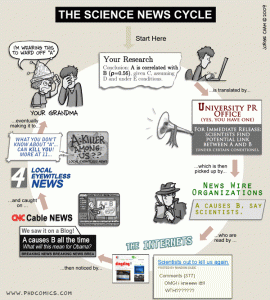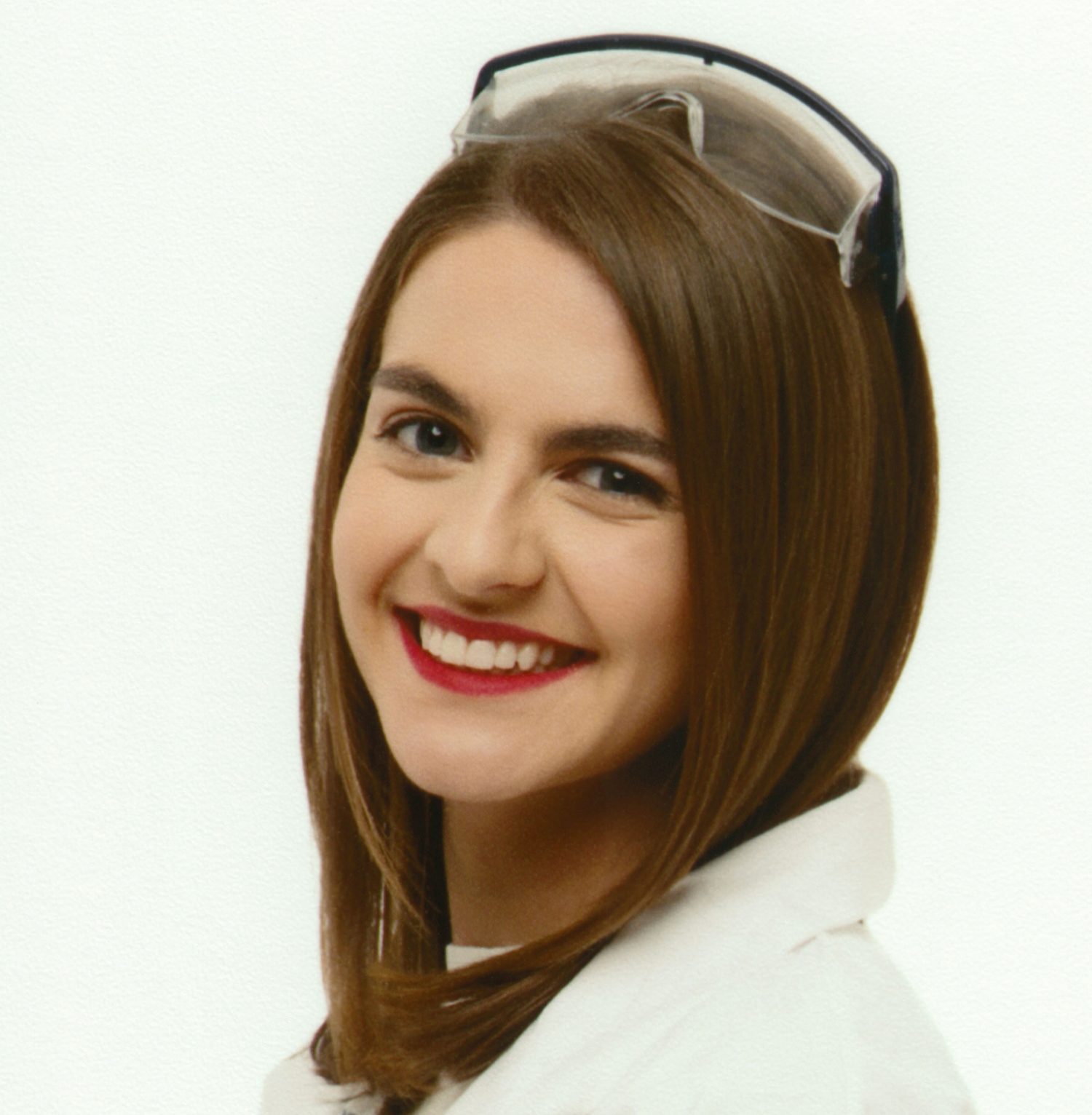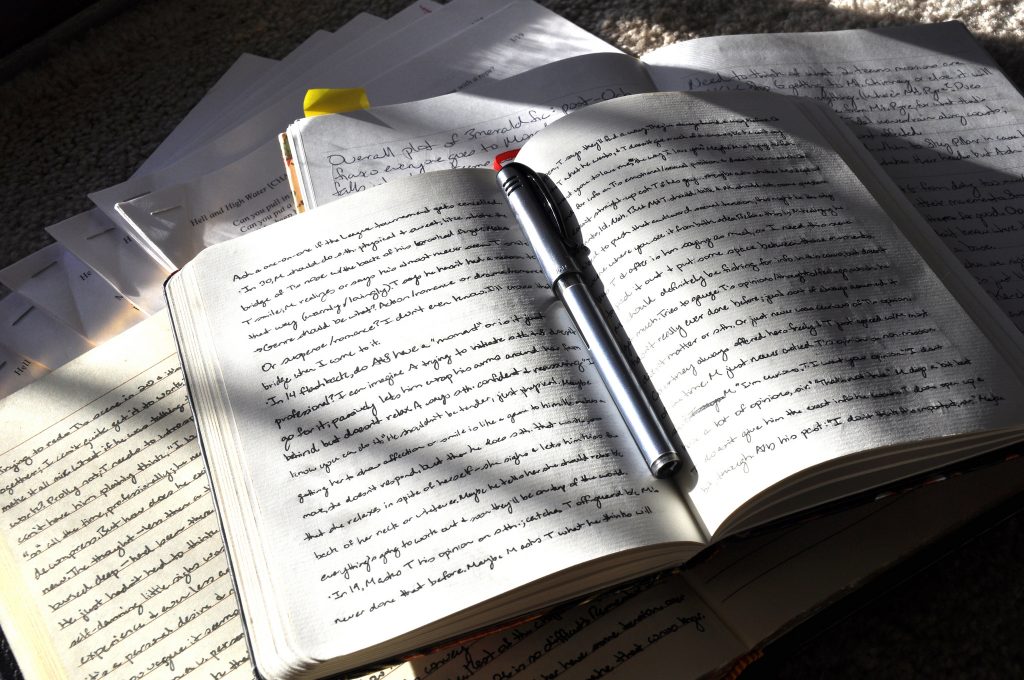With science articles claiming becoming increasingly common in popular media sources and outlets, as well as the rise of “fake news,” I feel that it is my duty as a science educator to provide students with tools to be informed critical thinkers, especially when it comes to science in the media. Rather than reflecting on the highs and lows of the week, I wanted to reflect on the highs and lows of my attempt to develop my students media literacy, with a background of why this is so important to me.
In my final year of my undergrad, I was introduced to the idea of incorporating science articles into the classroom. The professor had an assignment called “Science in Society” in which students were to find a current article in a popular media source and present one slide to the class on the science behind the article. For example, a student could bring in an article on the methane leak occurring in California and would explain the effects of the leak using scientific principles. Initially I was inspired to bring this into my future classroom as I wanted students to be able to find an article and then do research to explain the science to their peers. This evolved after we discussed media literacy in one of my courses at UBC prior to the practicum. I became inspired to incorporate media literacy with respect to science articles into my classroom and began planning all of the ways that I could!
My initial idea was to have a Science in Society presentation project. Students would choose a science based article and would present the content of the article as well as the reliability of the source to the class. After realizing that I only had 10 weeks and 30 students, I couldn’t determine how I could incorporate all of the presentations into my schedule. This resulted in me creating a research report for the students, which I will explain in more detail later!

The process of scientific research reaching the public – what I wanted my students to understand! [Click to see details!]
As scientific articles would appear on my social media or if a student brought one in, we would discuss the reliability of the source and the content, just as a Socials Studies class may frequently incorporate current events. I wish I had done this more frequently and made it part of the routine, but I found that I was limited for time and this is something I strive to incorporate more into my future classrooms.
After Spring Break, I assigned my students my own version of Science in Society. They were asked to find an article in a popular media source that was based on science and technology, and to critic the article as a reliable source of information. They were also going to discuss their findings in small groups on the reliability of different sources and then write a short reflection on the different sources discussed, but we were really running short on time before I left and I had to cut out the discussion and reflection. My students also seemed really stressed at the time so removing this alleviated some of their stress and helped them focus on the report rather than the additional work.
I just finished marking the reports and I have to say, I think this has been the most important lesson I have taught my students. The reports were very well done. They analyzed the text well including figures, graphs, in text citations, and some even played detective to learn more about the author and if they were credible. I also got the chance to see what students were interested in, which made me wish I had done this project earlier in the semester. Almost a quarter the class had articles on space exploration or astronomy. Had I known this earlier, I would have allotted more time for this unit as they are very interested in it.
In my future classes, I will always include this at the beginning of the year, just as I would teach safety. I would also extend the Science in Society report. First, I would have students analyze an two articles of my choosing and then discuss it together to ensure that students understood the difference between a “good” and “bad” article. Then I would have students write the report on the topic of their choice and would include the discussion and reflection. I think that it is important for students always reflect on the learning process as well as the importance of communication, not only between each other but also on a large scale in the media. In senior courses, I would love to try the presentations out, with one or two a week. I would still incorporate reflections and would encourage discussion as much as possible. Teaching science and media literacy has become a new passion of mine and I look forward to continuing this practice in future years as well as learning more about being an effective literacy educator!


